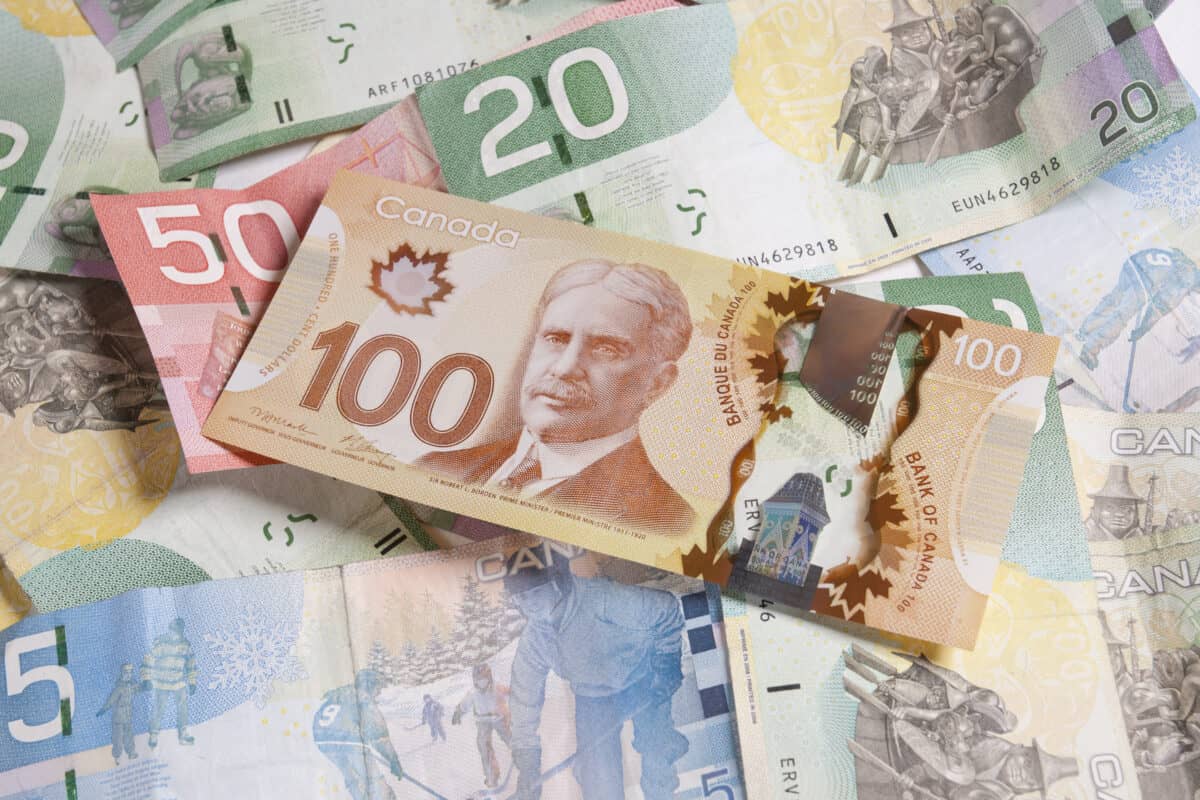It would take a whole lot of luck and all the right catalysts for investors to make home runs and get rich quickly. This doesn’t happen in most investing scenarios unless investors are taking bets across a basket of ideas, expecting some to run to zero and others to run to the moon — much like venture capitalists dividing their capital accordingly to make bets on a basket of promising, young companies.
Most retail investors probably don’t want to make this kind of investment — at least, this kind of high-risk strategy should not make up a big portion of their diversified portfolios as a precaution to protect their hard-earned savings.
If you’re set on reaching a $1 million portfolio, taking it slow and steady with blue-chip dividend stocks may be the way to go without taking excessive risk.
Let’s say you want to take advantage of the dividend tax credit on Canadian dividend stocks, which allows you to pay lower taxes on your Canadian dividend income; therefore, you get to keep more money in your pocket. In other words, the Canadian dividend income you receive are generally taxed at lower rates than your job’s income and interest income.

XIU Total Return Level data by YCharts with an initial investment of $10,000
According to YCharts, over the last decade, the Canadian stock market (using iShares S&P/TSX 60 Index ETF as a proxy) delivered total returns of about 7.64% per year. If investors were to get a long-term return of 7.64% per year, it would take just under 41 years to turn $50,000 into $1 million.
As an example, here is one TSX dividend stock that outperformed the Canadian stock market over the last decade and could deliver total returns of at least 7.64% per year over the next decade.

FTS Total Return Level data by YCharts with an initial investment of $10,000
TSX dividend stock example: Fortis stock
YCharts data indicates that Fortis (TSX:FTS) delivered annualized returns of about 9.68% over the last decade. This is a blue-chip stock that should deliver stable results through the economic cycle as it is a diversified regulated utility in North America that’s primarily made of essential transmission and distribution assets.
At $54.56 per share at writing, the dividend stock offers a decent dividend yield of 4.3% and trades at a blended price-to-earnings ratio of approximately 17.4, which is a discount of about 10% from its long-term normal valuation.
Over the next few years, the utility stock targets to increase its dividend by 4-6% annually, supported by stable earnings and a sustainable payout ratio. Being conservative, we can assume a 4% earnings growth rate with no valuation expansion, leading to approximated long-term returns of roughly 8.3% per year.
If investors were able to make annualized returns of 8.3% on an initial investment of $50,000, it’d take 37.6 years to arrive at $1 million.
Food for thought
$50,000 is a lot to come up with out of the blue. It’s not a normal scenario for investors to invest a lump sum and come back decades later to see where it’s at. Instead, it’s much more common to invest every month or every year and invest even more during market crashes to build sustainable wealth.
Here are a couple of scenarios that are also based on a reasonable long-term return of 8.3% per year. Saving and investing $10,000 each year (or about $833 a month) would arrive at $1 million in 28 years. An investor saving and investing $6,000 each year (or $500 a month) will arrive at $1 million in 34 years. Notably, both scenarios would reach $1 million faster than investing a lump sum of $50,000, which illustrates the importance of saving and investing consistently, making it into a habit.








